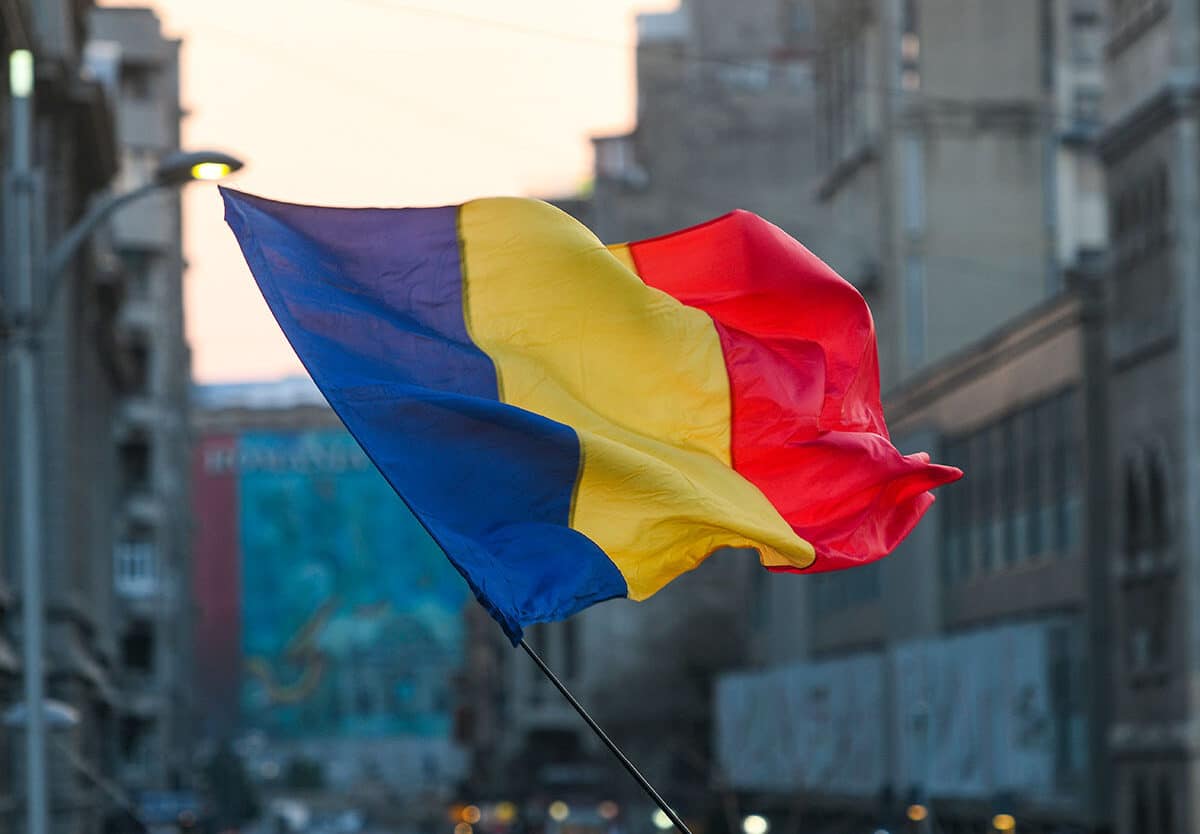The history of Romania is rich and complex, spanning thousands of years. Here is a broad overview, highlighting key periods and events:
Ancient and Medieval Periods
- Dacian Kingdom (1st Century BC): The territory of modern Romania was inhabited by the Dacians, an Indo-European people. Their kingdom reached its peak under King Decebalus.
- Roman Conquest (106 AD): The Roman Empire conquered Dacia under Emperor Trajan, creating the Roman province of Dacia, which brought significant Roman influence.
- Migration Period (3rd – 8th Century): After the Roman withdrawal (271 AD), various migratory tribes (Goths, Huns, Slavs, etc.) invaded the region, leading to considerable demographic changes.
Formation of Principalities
- Medieval Principalities (14th Century): The regions of Moldavia and Wallachia emerged as distinct principalities, which frequently engaged in conflicts and alliances with one another and neighboring powers (like Hungary and the Ottoman Empire).
- Unification Movements (16th–17th Century): Both principalities faced Ottoman expansion and were often tributaries to the Empire, leading to a struggle for autonomy and later unification.
Early Modern Period
- Phanariot Era (18th Century): Greek merchants (Phanariots) ruled Wallachia and Moldavia on behalf of the Ottoman Empire, leading to modernization but also significant unrest.
- Romantic Nationalism (19th Century): The rise of nationalism in Europe inspired Romanian intellectuals and leaders. Key figures like Mihai Viteazul and Gheorghe Lazăr promoted cultural and political unity.
Unification and Independence
- 1859 – Unification: The principalities of Wallachia and Moldavia united under Alexandru Ioan Cuza, forming the basis of modern Romania.
- 1866: Cuza was replaced by Prince Carol I, who declared Romania a kingdom in 1881.
- Independence (1877–1878): Romania fought in the Russo-Turkish War, gaining full independence from the Ottoman Empire with the Treaty of Berlin.
World Wars and Interwar Period
- World War I (1914–1918): Romania initially remained neutral but joined the Allies in 1916. After the war, it gained Transylvania, Bessarabia, and Bukovina, significantly increasing its territory.
- Interwar Period: A time of cultural flourishing but also political instability, marked by the rise of various political movements, including the far-right Iron Guard.
World War II and Aftermath
- World War II (1939–1945): Romania initially allied with the Axis Powers but switched sides in 1944. Post-war, it fell under Soviet influence, leading to significant territorial losses and the occupation of parts of its territory.
- Communist Regime (1947–1989): Romania became a communist state under Gheorghe Gheorghiu-Dej and later Nicolae Ceaușescu, who ruled with an iron fist. The regime was marked by political repression, economic hardships, and isolation.
Revolution and Modern Era
- Romanian Revolution (1989): A series of protests and uprisings led to the fall of Ceaușescu’s regime and the establishment of a democratic government.
- Post-1990: Romania transitioned to a market economy, joined NATO in 2004, and became a member of the European Union in 2007.
- Modern Challenges: Romania faces ongoing issues such as political corruption, economic development, and regional tensions.
This overview encapsulates major historical developments but cannot encompass the full richness and diversity of Romania’s past. Each period is rich with events, cultural developments, and individual stories that shaped the nation

Leave a Reply